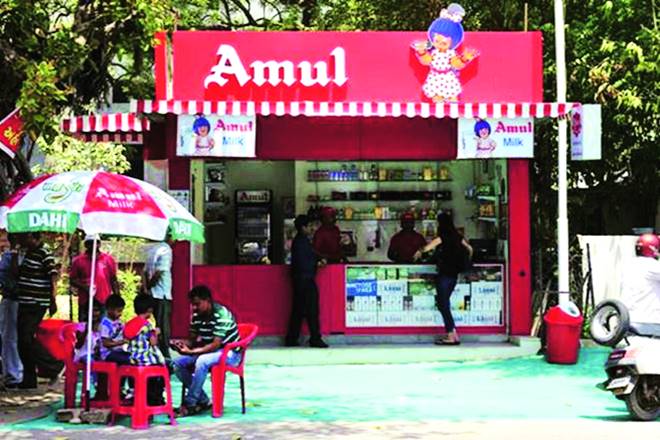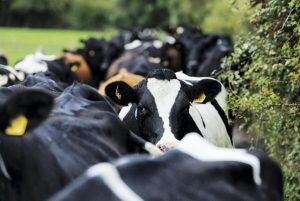Dairy major Amul is planning a foray into the Rs 15,000 crore –Rs 17,000 crore branded atta or wheat flour market. With a pilot project in Anand, Gujarat, under way, a formal launch can be expected around Diwali, persons familiar with the development said.
While Amul will no doubt leverage its pan India network of 10,000 distributors and one million retail outlets, through which it sells chocolates, cheese and cake, analysts point out the competition could be keen. Among the major players in the branded atta space are ITC Limited which has the lion’s share of the market and sells under the Aashirvaad brand, the Godrej Group which retails Pillsbury and the Adani Group which sells atta under the Fortune brand.
“While the brand is strong, spends on marketing and advertising could nonetheless be high,” an analyst said. Amul typically spends 2-3% of revenues on brand-building efforts.
Since many dairy farmers are also wheat growers, and Amul has a connect with 3.6 million farmers, it could forge partnerships with them to procure wheat. Moreover, at some point there could be a foray into the biscuits segment.
In the four years to FY19, Amul introduced 101 new products or roughly two every month.
Gujarat Cooperative Milk Marketing Federation (GCMMF), which owns the Amul, Amulya and Sagar brand, refrained from commenting on the diversification into the branded atta segment. Amul’s revenues grew 16.1% to Rs 38,550 crore in FY20. In FY19, revenues rose by 13.5% to Rs 33,194 crore while net profits were Rs 52.8 crore, up 8.3%.
















